The Magic Land of Ubilam: An Interview with Robin Brazy
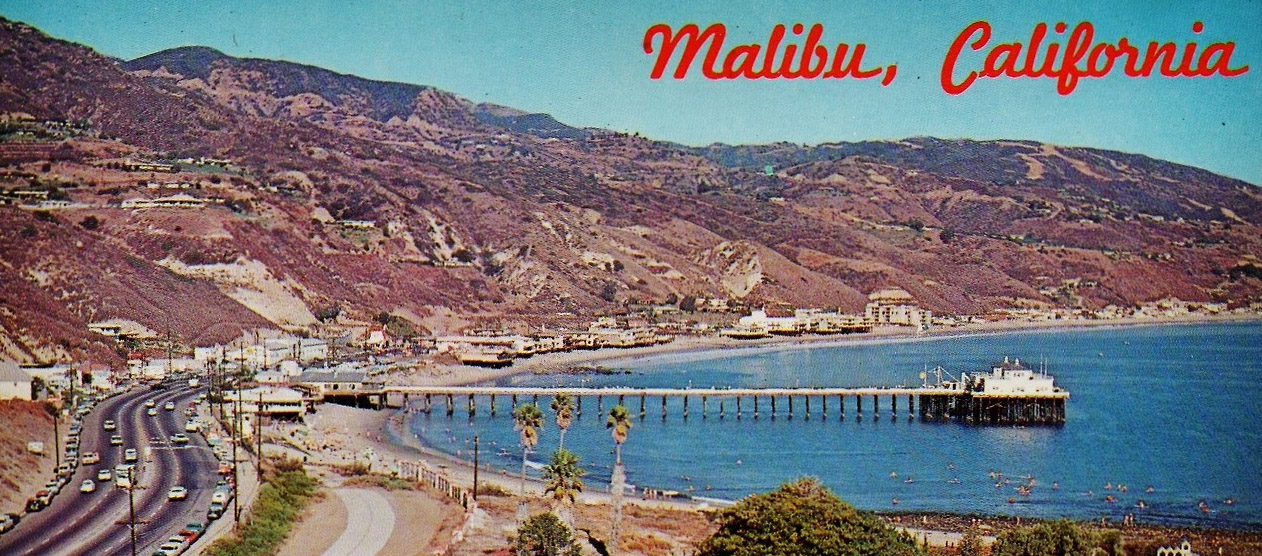
In the mid-1970s, Robin Brazy (aka Robin Voigt/Robin B. Caldwell) was a single mom with a background in fashion design living along the beach in Malibu, California. As a teenager in the late 1960s, she’d started working in the fashion district on Hollywood’s Sunset Strip designing custom apparel for up and coming musicians. That experience turned out to be invaluable when she got the opportunity to design a satin jacket for Elton John and his crew for his 1976 Louder Than Concorde Tour. It was the beginning of a wild decade.
So she established a label - The Magic Land of Ubilam - and started to design full-time. The designs on the label were a collaboration between Brazy and Maxine Miller, a local artist whose artwork Brazy admired. Brazy wanted a design that symbolized many of her interests and passions; robins to represent her name, bluebirds for Joan Baez’s “Glad Bluebird of Happiness,” a castle depicting her love of everything Merlin, and needle and thread to represent Linda Rondstadt’s “Silver Threads and Golden Needles” (though this was mistakenly reversed in the finished design). And the word Ubilam itself was merely a backwards spelling of Malibu.
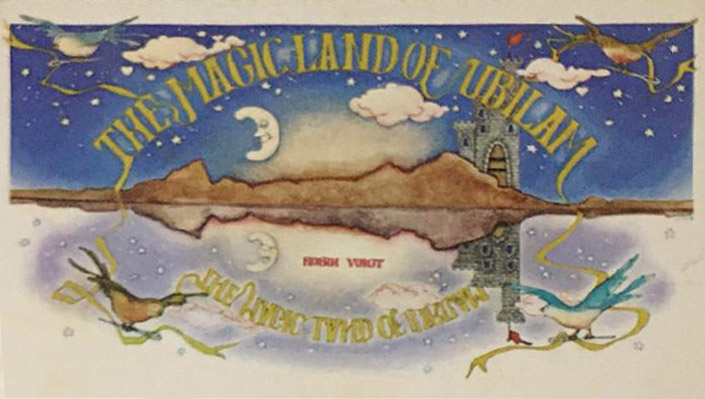
Under The Magic Land of Ubilam label she designed promotional jackets for recording artists, their labels, and other music industry professionals. Columbia Records, Century Broadcasting, Champion Entertainment, Casablanca Records, Mushroom Records, the Record Plant, and Portrait Records were among those she designed jackets for. By the time she dismantled the label in the mid-1980s, she had designed jackets for a veritable who’s-who of musicians, including Led Zeppelin, America, Peter Frampton, the Bee Gees, Olivia Newton-John, John Denver, Pink Floyd, ABBA, Warren Zevon, and the Beach Boys.
We’ll explore Brazy’s beginnings in the fashion industry and how her experiences with working on custom designs for up-and-coming musicians helped position her for the success she had designing her iconic tour jackets.
So let’s begin, shall we?
Were you interested in design as a child?
Yes. When I was in junior high, we were asked to be the Little Sisters Club for the Big Sister Club in high school that had never had a Little Sisters Club and they always had jackets, cotton jackets with rib knitting. They asked, and I said I’d do the designing! So that was the first jacket I ever did. And then I was in the Girl Scouts and I didn’t like the short-waisted green dress uniform we had to wear, so I asked, “Could we just wear a grey skirt with a sash and a white blouse? We could put our badges on the sash and wear the beret?” They said that was a really good look, but I had to go there with my mom to change the uniforms for the Girl Scouts for our troop. I’ve always been a brat, I’ve always had to get in the middle of it all. I just do.
How did you get your start in the fashion industry?
I worked in Belinda’s, a boutique on the Sunset Strip, in the late 60s. I came to her as a sixteen year old going to Hollywood High, having to work a half day and go to school half day. Belinda was doing stuff from Carnaby Street - bell bottom sleeves, A-line dresses and scoop necks. She was doing really good stuff and she had my favorite store on the Sunset Strip.
Belinda hired me, and at first she had me in the back room doing alterations and sewing. But one day she was busy and needed me to come up front. She found I was really good at sales and relating to customers. I’m a better designer and better with people than I am at sewing!
I worked in another store after that called the Garment District, owned by Janet Charlton, who’s a Hollywood influencer now. And I also worked with Genie the Tailor [Jeannie Franklyn] who was the “rock-n-roll” tailor….her store is long gone. After that, I started working in film and TV commercials.
I also began doing custom work by hand, making cowboy shirts in combinations of velvet and plaid and old aloha prints, and making big cushions out of velvet. Malibu was a very creative place in the 60s. If they asked me to do something I’d never done before I’d say, “I’ve never done this before, let me try.” I’ve always had that attitude.
Tell us a bit more about your work in custom designing clothes for musicians like Van Halen and how that helped prepare you for creating concert tour jackets.
I was first introduced to Van Halen when they went out on their first tour by one of the management companies I was working with. They were so young and so new, but they had ideas. I had a couple of women I was working with who did my sewing...I always had the best people do my sewing for me. I’m a good designer, but I don’t think of myself as a good sewer. I’m good at finding good people, though. Eddie wanted a ¾ length sleeve shirt because he found that when he rolled up his sleeves, it was too bulky when he played the guitar. And so if you look at old pictures of the band, that was me. That was what they asked of me.
Walk us through how you got the amazing opportunity to start doing concert tour jackets?
Elton John’s was the first one. I was a single mom living in Malibu. It so happened that Toby Roberts [of Toby Roberts Tours, a company which arranged limos, hotels, and private jets for touring bands] lived on the beach next door to a friend of mine. And this friend of mine knew another friend who believed in me as a designer. He came to me and said, “Could you make me a drawing of a jacket with Elton John’s logo and 1976?” I visualized it right then - big Superman letters, with lines making the letters look bigger, and 1976 in red and blue.
So I did the drawing and he loved it. “I’m gonna tell Toby I’ll do it,” he said, “but at the last minute, I’m going to tell him I can’t, and I want you to do it instead.” It was deliberate, and I’ve thanked him many times over the years. It was one of those magic moments where a young woman - a young mother - got elevated. They trusted me, and that was the beginning.
I was asked if I could do a regular jacket, but I was thinking more of a cross between a club or letterman jacket for school, and an Eisenhower jacket. I had already been influenced by fashion, so I designed what I called a concert tour jacket. It was not the long, oversized leather jacket with the wool sleeves, and it wasn’t the World War II Eisenhower styled at the waist with a belt. I called it a concert tour jacket and it was perfectly built for the 1970s. It came a little below your waist and looked great with bell-bottom pants.
Your first jacket, the Elton John 1976 tour jacket, had a Magic Land of Ubilam label stitched in. Did you create the label before you created the jacket, or vice versa?
Good question, and the answer is I don’t know. It all happened pretty fast. I kind of have the feeling I had the label before that, but then I had been doing custom work before then and had labels with “Made for You by Robin Voigt” or “Made for You by Robin Caldwell,” so it may have been that I wanted to come up with something original.
The Magic Land of Ubilam label art was done by Maxine Miller, she’s the artist. Maxine also created a full-color design of the label which was printed and used on my business cards. She was my stepfather’s secretary’s daughter, and as I admired her artwork, I asked her to do something for me. Catch as catch can!

We manufactured both black labels and purple labels. The Elton John tour jacket has a black label, so that’s where it started. I might have just changed colors when I had used up the black labels and needed to reorder.
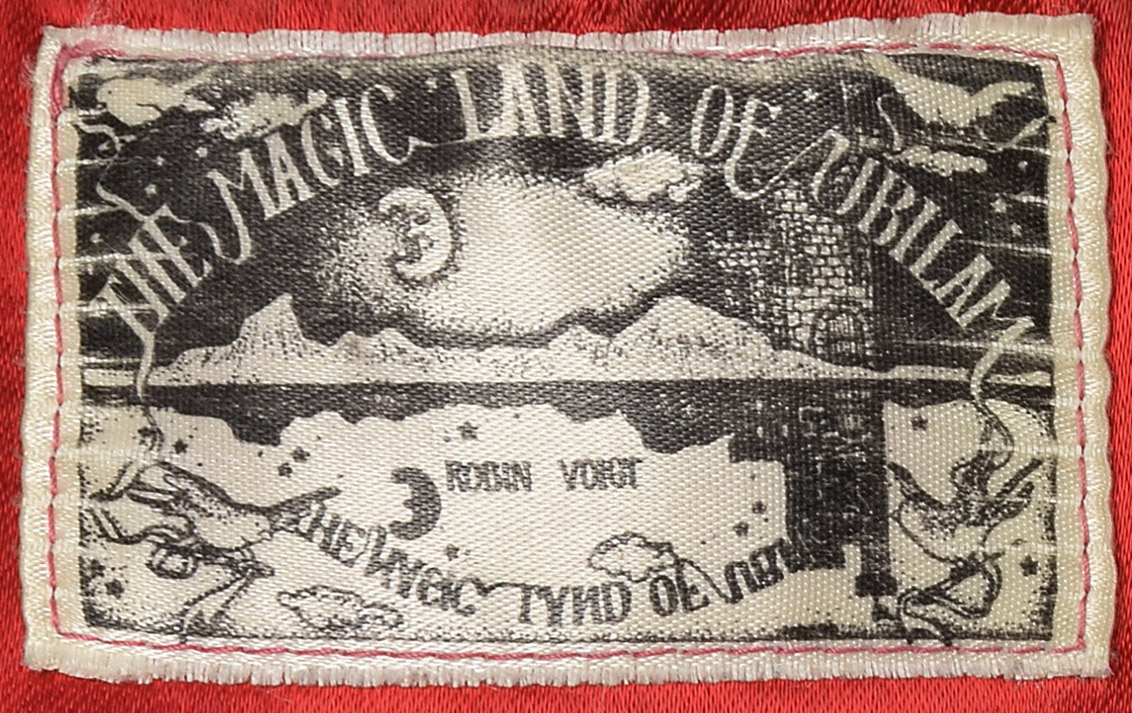
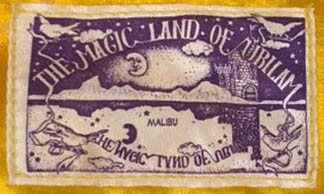
What was involved in the process of making the jackets?
I realized I wasn’t going to be able to make all of them by myself - I’d been sewing and making cowboy shirts by hand, but this was a multiple-piece order - so I researched sewing contractors in downtown LA. I talked to people, because there was no computer embroidery then. A few people were doing chain stitch embroidery, and one of them was the Bowlers Shirt [& Uniform] Company - which was actually its name. I thought, “What’s the difference, if you can make a shirt, you can make a jacket.” He had a few different patterns that I changed briefly for my purposes, because his patterns were high school and my patterns were rock and roll. When I say pattern, I mean body shape. I elongated some and I shortened some. But that’s how it started.
Then I found the Broadway Knitting Mills and its owner, Mort, was a delight to work with. He would make me anything I wanted. I started with acrylics but I preferred wool, even though eventually wool gets moths, I gotta say. So a lot of my jackets were a mix depending on the cost factor.
For Elton John I did a wool knit, with a brass ring for the zipper, and a flower print lining. I believed everyone wanted to “grab the brass ring” so that’s why I chose that for the zipper. The flower print was an homage to Elton, and the colors went along with the lining…the yellow rib, that’s wool rib knit. Some of the jackets I’ve done have acrylics because of the budget, but they often choose wool knit.
How custom was custom?
I gauged my jackets according to the customer. Some of the jackets I made were fully reversible; Led Zeppelin and America were among these. When I did the jackets for Heart - the Mushroom Records jacket - they didn’t want the elastic waist, they wanted something new. So I went back to the old bowling jacket pattern, but had the pattern reconfigured to what I wanted. I made the collar and encased the elastic on the waist, so it’s different from the satin jackets with the knit collars and cuffs. They were the only ones who ordered that.
At some point I had eleven orders going at one time and my contractor asked me to please stop, because he couldn’t keep up. People were coming to me - record companies, sound companies, radio stations - they were coming so fast and I did them as fast as I could. I had always been making clothes for musicians since I was sixteen years old. It didn’t seem like anything new to me, it was just more. And more, and more, and then it was a business.
Eventually Brazy dismantled the label, though a date for its cessation isn’t definitive; she used up whatever leftover label stock she had until she ran out of labels. The Magic Land of Ubilam name was gradually phased out sometime between 1984 and 1987.
In 2020, Brazy offered up for sale nineteen of her original The Magic Land of Ubilam “first sample” designs. The package - which she felt would be of interest to collectors, music venues and museums like the Rock & Roll Hall of Fame - didn’t sell, but she is nonchalant about that. Friends have suggested she create a coffee-table book which would showcase the one-of-a-kind designs she created and memorialize them for posterity.
But that’s for the future. For now, Brazy feels blessed and proud of her accomplishments. As she should be.
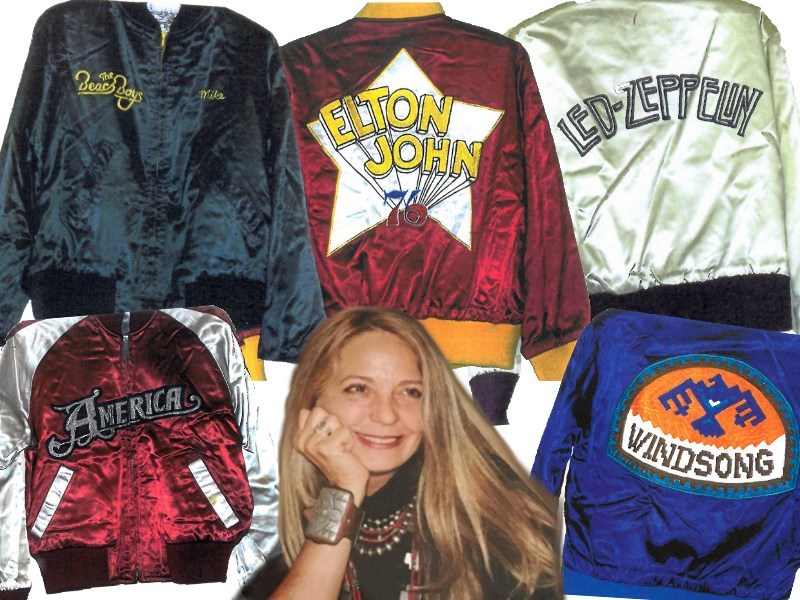
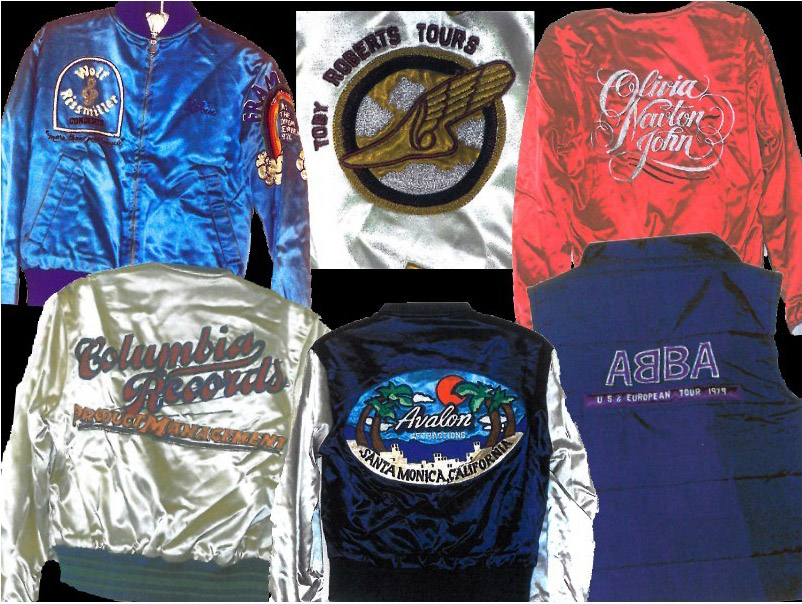
For more information on the people and places mentioned in theis interview:
“Belinda Boutique Sunset Strip Summer of Love.”YouTube. Uploaded by Charles Lange, 1 September 2007. Retrieved 7 Sep 2021.
“Boutique Beat: The Skinny Look for Males.” (23 January 1970). The Los Angeles Times [Los Angeles, CA], Part IV, p. 4, image 72. Retrieved 8 Sep 2021 via Newspapers.com.
Browning, Norma Lee. “Hollywood Today.” (27 January 1969). Chicago Tribune [Chicago, IL], Sec 2, p. 6, image 42. Retrieved 7 Sep 2021 via Newspapers.com.
DeSantis, Florence. “It’s Midis Only for Designer.” (6 July 1968). The Times [Shreveport, LA], Sec B, p. 1, image 7. Retrieved 7 Sep 2021 via Newspapers.com.
Giles, Jeff. (14 May 2013). “The Day Airport Convention’s Bus Crashed, Killing Martin Lamble.”UCR Classic Rock & Culture. Retrieved 8 Sep 2021.
High Low Vintage. (2 July 2014). “Exclusive Interview with Charles Lange of BELINDA On Sunset Fame.”High Low Vintage. Retrieved 7 Sep 2021.
“Jeannie Franklyn.” Counter Cultural Books Wiki. Fandom,2021. https://counterculturalbooks.fandom.com/wiki/Jeannie_Franklyn
Luther, Marylou. “Saving A Waltz for Levi Strauss.” (20 June 1971). The Los Angeles Times [Los Angeles, CA], Sec E, p. 1, image 59. Retrieved 7 Sep 2021 via Newspapers.com.
Luther, Marylou. “Record Jacket: Wearable Status.” (21 August 1977). The Los-Angeles-Times [Los Angeles, CA], Pt V, p. 1, image 55. Retrieved 28 Jul 2021 via Newspapers.com.
Monk, Diane. “The Riches To Rags Road Is Today’s Sought After Route.” (5 May 1967). The Charlotte News [Charlotte, NC], p. 2B, image 18. Retrieved 8 Sep 2021 via Newspapers.com.
Sutherland, Sam. “Roberts Tours Puts Entertainer on ‘Chart’.” (17 November 1973). Billboard. New York, NY. Retrieved 8 Sep 2021 via Google Books.
Advertisement. “Bowlers Shirt & Uniform Company.” (14 April 1960.) The California Eagle [Los Angeles, CA], p. 11, image 11. Retrieved 8 Sep 2021 via Newspapers.com.
